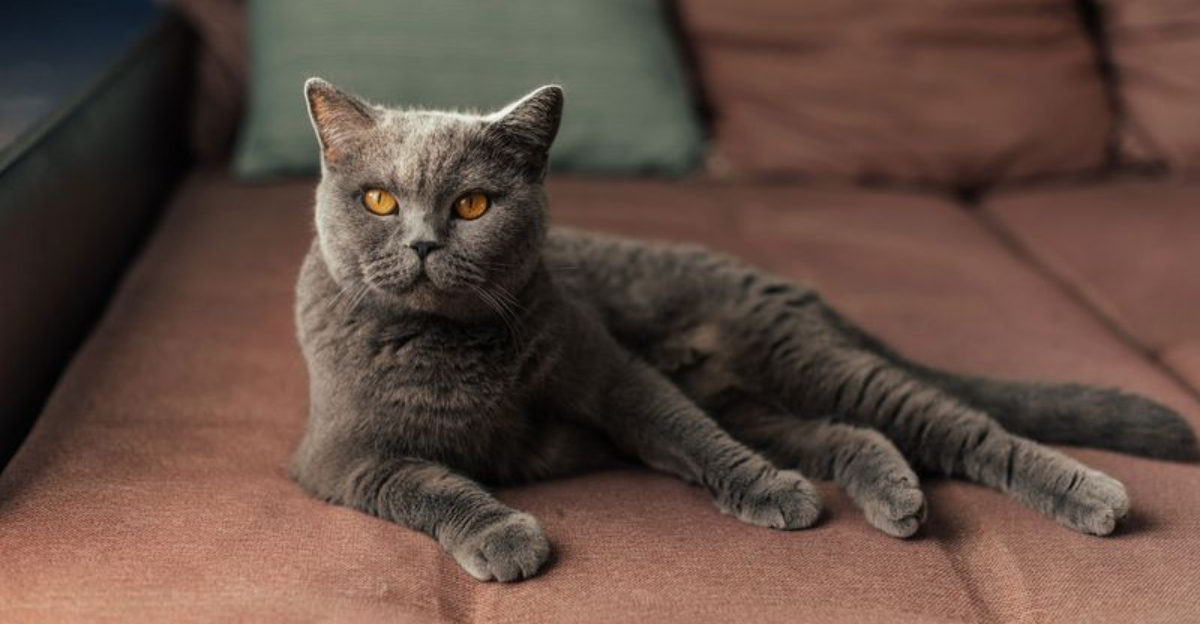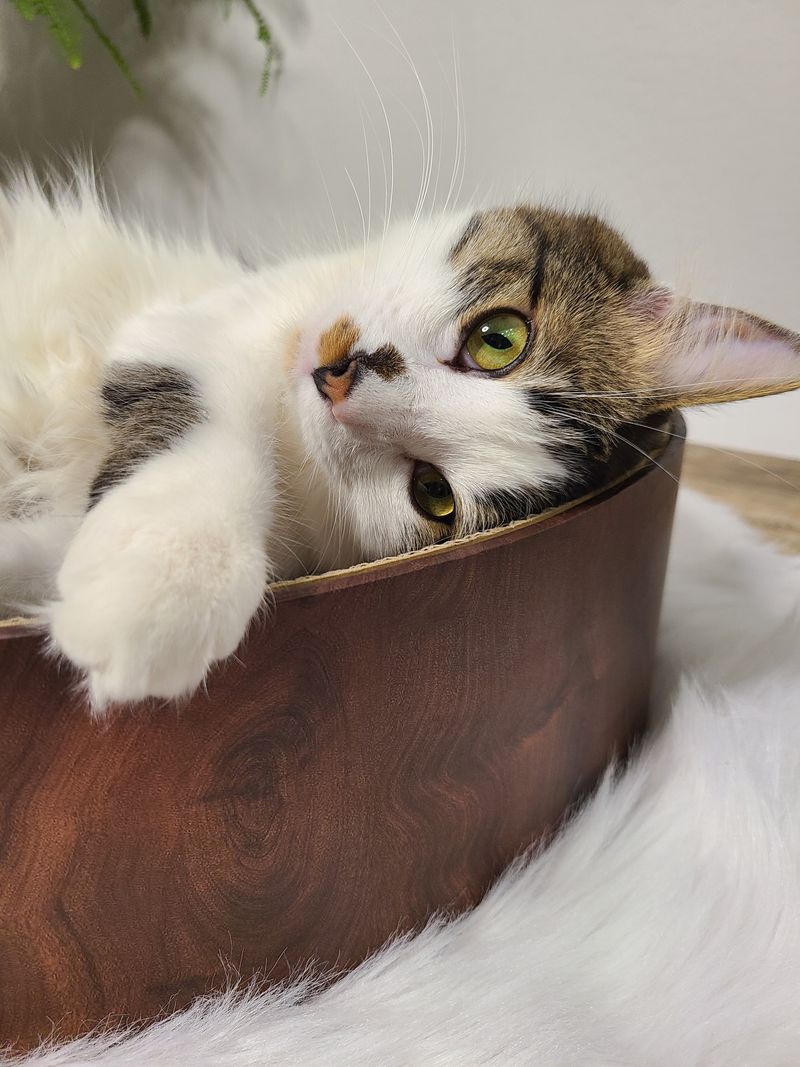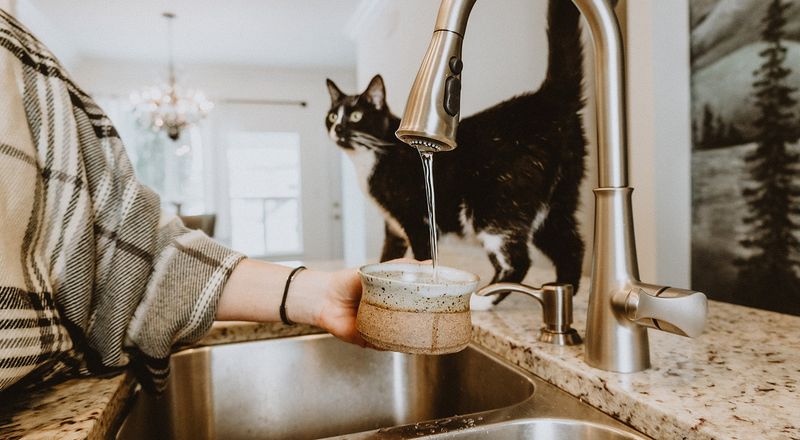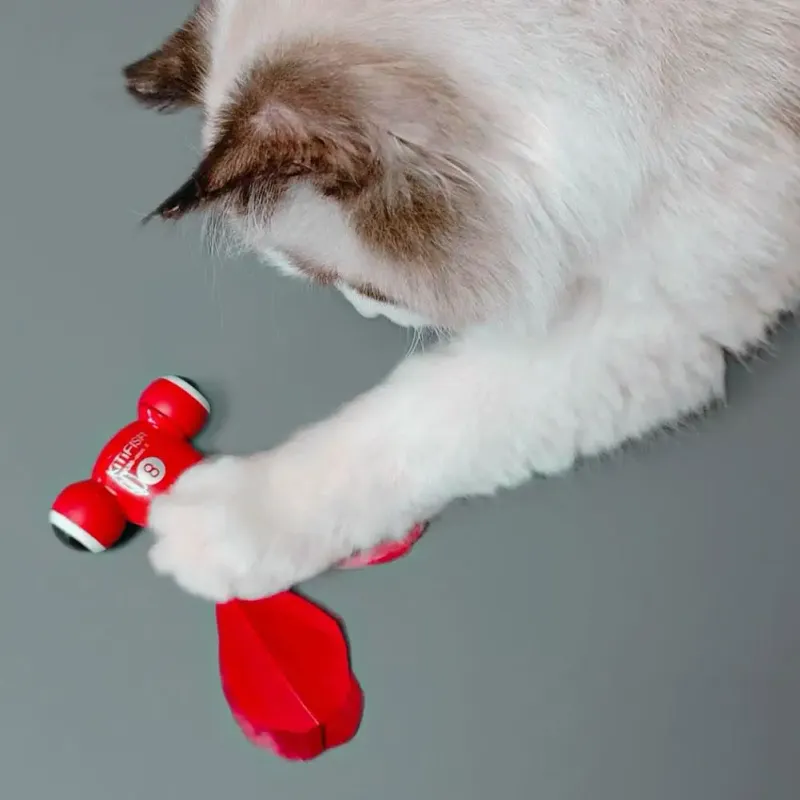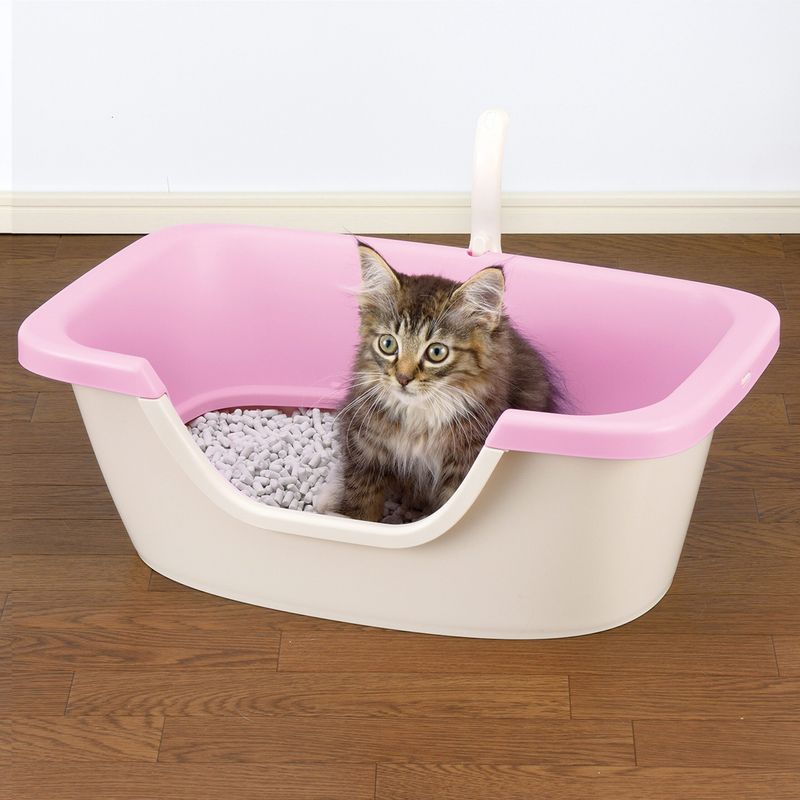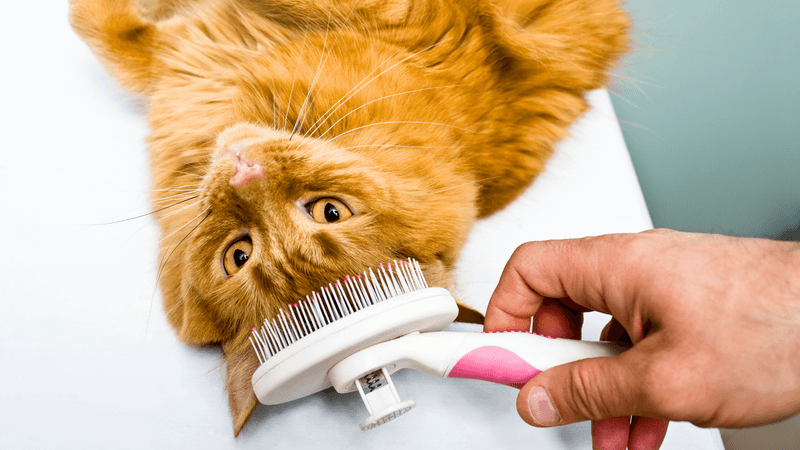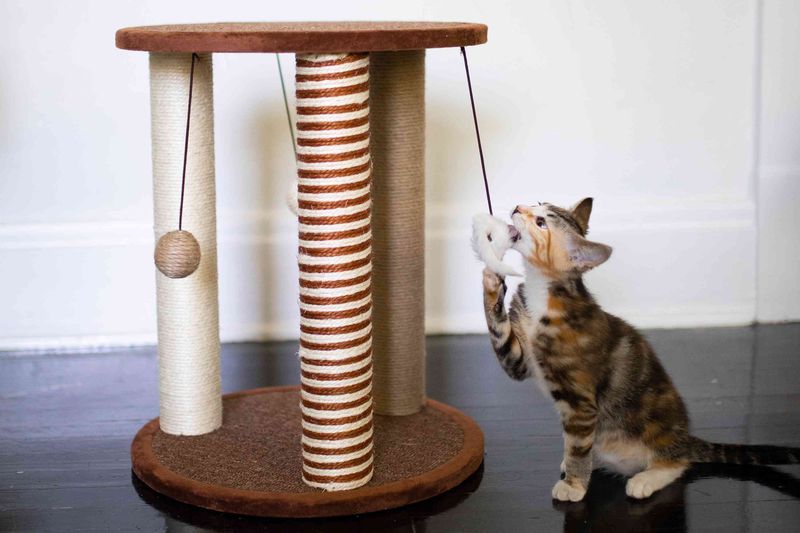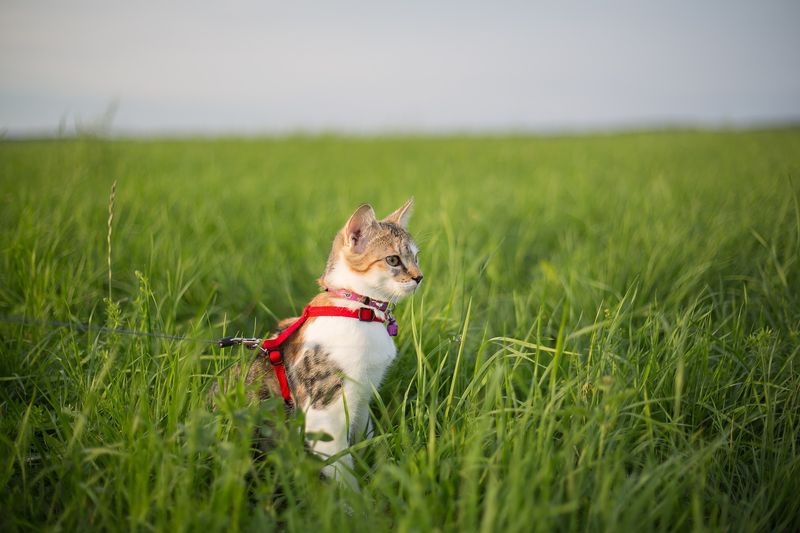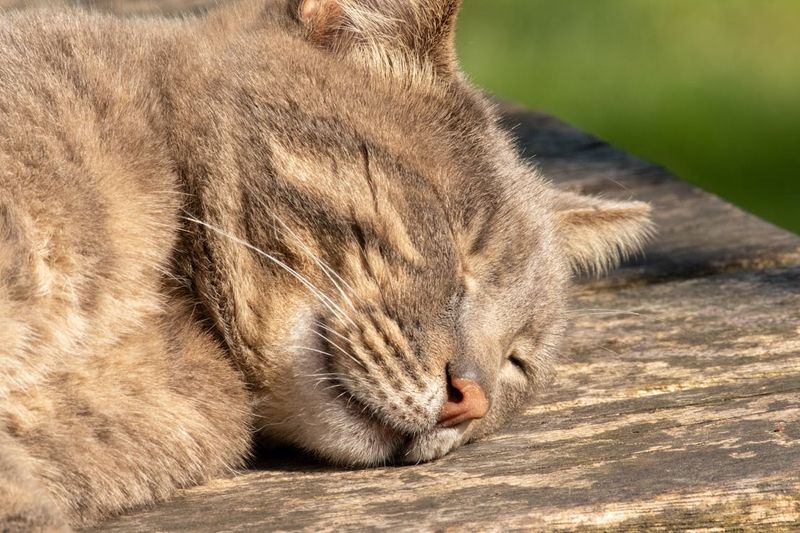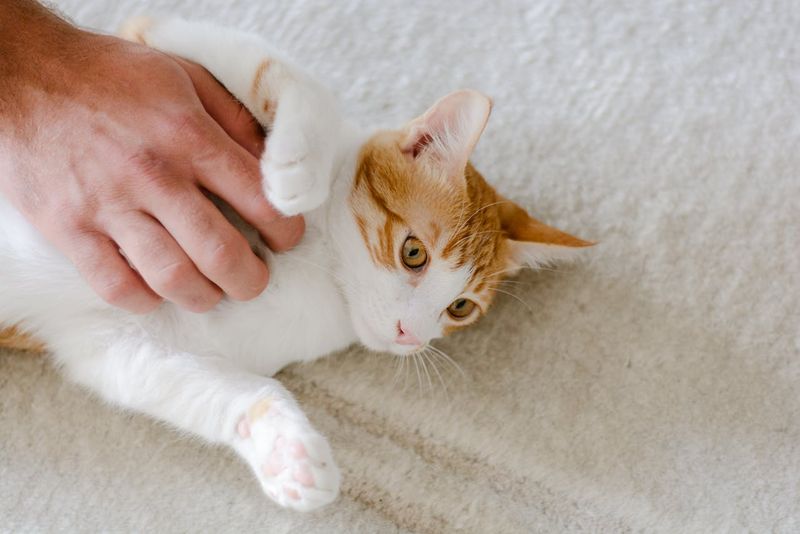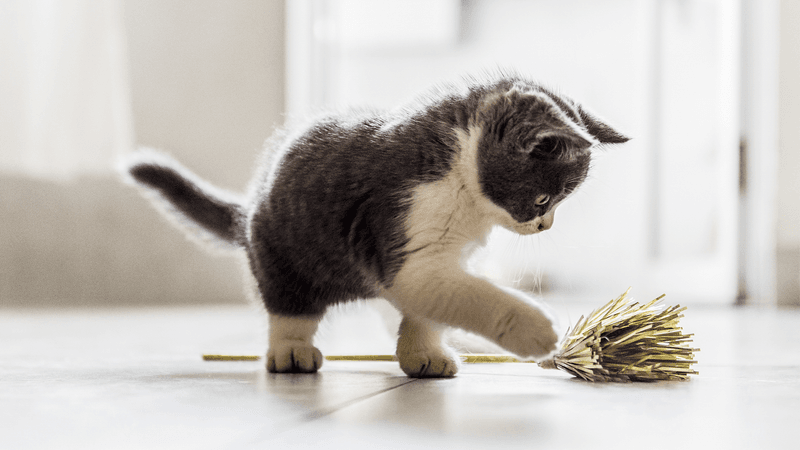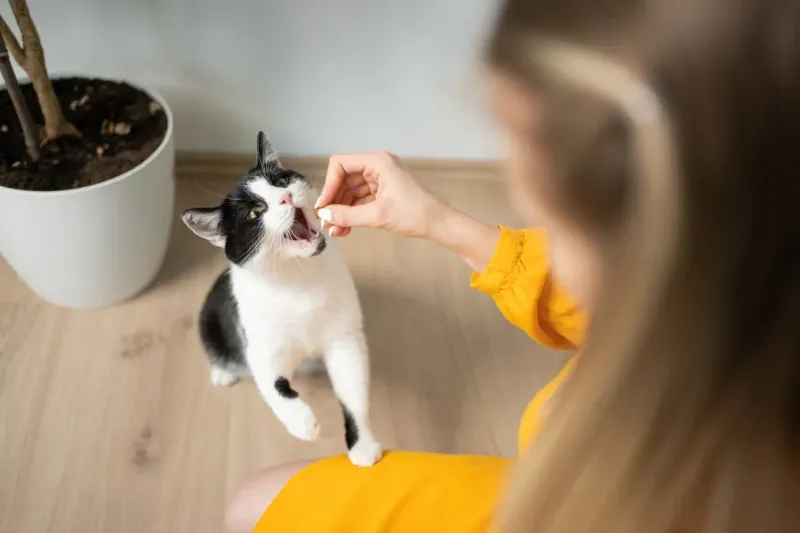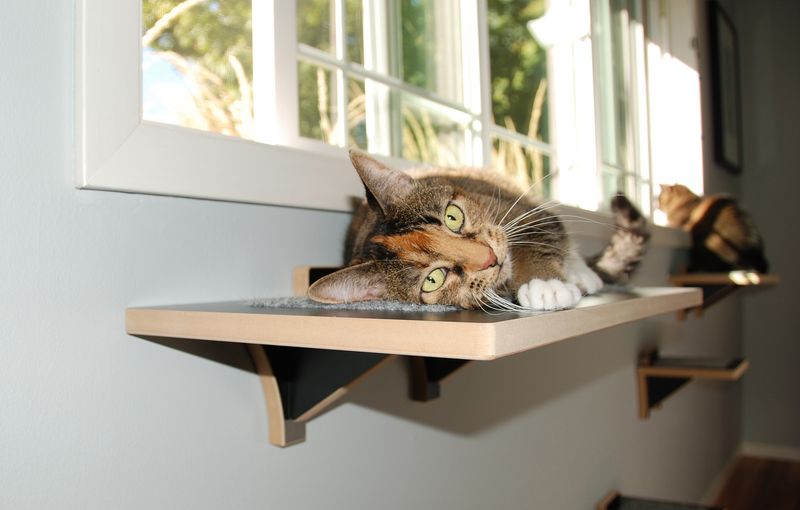📖 Table of Content:
- 1. Create a Cozy Space
- 2. Maintain a Routine
- 3. Provide Fresh Water
- 4. Offer Interactive Play
- 5. Ensure Litter Box Cleanliness
- 6. Groom Regularly
- 7. Provide Scratching Posts
- 8. Offer Safe Outdoor Time
- 9. Use Calming Music or Sounds
- 10. Engage in Gentle Petting
- 11. Introduce New Items Gradually
- 12. Provide Hiding Spaces
- 13. Use Positive Reinforcement
- 14. Provide Elevated Perches
- 15. Maintain a Stress-Free Environment
Cats are naturally sensitive and can be easily affected by changes in their environment. They rely on consistency and a sense of security to feel comfortable and content. Creating a stable environment is essential for promoting their well-being and reducing stress.
Establishing a routine helps cats feel more secure in their daily lives. When they know what to expect, they can relax and adapt to their surroundings with ease. Consistent care and attention are key factors in strengthening the bond between cats and their owners.
From simple gestures to structured routines, there are many ways to enhance a cat’s sense of safety. These habits foster trust and help create a peaceful atmosphere that supports their mental and physical health. The following tips will guide anyone looking to provide a more secure environment for their feline companion.
1. Create a Cozy Space
Cats love having a cozy spot to retreat to. Providing a dedicated space, like a soft bed in a quiet corner, gives your cat a sense of ownership. This area should be away from high traffic zones of the house and preferably near a window.
Add a few toys to encourage your cat to play and explore at their leisure. Regularly wash the bedding to keep it fresh and inviting. A well-placed cat tree nearby can also offer vertical space for climbing, which many cats enjoy.
2. Maintain a Routine
Routine is important for cats, and having a predictable daily schedule helps them feel at ease. Feed your cat at the same times each day and maintain a clean feeding space. This consistency fosters a sense of security.
Scheduled playtimes and grooming sessions also contribute to a predictable environment. Routine veterinary check-ups can further reinforce feelings of safety. These predictable activities create a structured environment where your cat knows what to expect. A steady routine helps reduce anxiety and stress.
3. Provide Fresh Water
A clean, fresh water supply is a must for any cat. To increase their interest, consider investing in a cat water fountain, as the flowing water often entices them to drink more. This small change can help keep your cat properly hydrated.
Place the water source away from their litter box and food dishes. Clean the water dish regularly to prevent bacteria build-up. Staying hydrated is crucial for your cat’s health and well-being, and a reliable water supply contributes to their comfort.
4. Offer Interactive Play
To support your cat’s physical and mental health, interactive play is key. Toys like feather wands and laser pointers are perfect for engaging their natural hunting instincts. Make time every day to keep them entertained and active.
This interaction not only provides physical exercise but also strengthens the bond between you and your pet. Rotate toys regularly to keep them exciting. These play sessions can alleviate boredom and reduce stress, making your cat feel more secure and content.
5. Ensure Litter Box Cleanliness
For your cat’s well-being, a clean litter box is a must. Scoop out waste every day and change the litter regularly to maintain a fresh, hygienic environment. Choose a litter box that offers plenty of space and place it in a quiet, convenient location.
Avoid placing it next to their food or water bowls. Regular cleaning prevents unpleasant odors and encourages consistent use. A tidy litter box area reassures your cat and reduces stress.
6. Groom Regularly
Regular grooming helps maintain your cat’s coat and reduces shedding. Brush your cat’s fur to remove loose hair and prevent matting. Use grooming as a bonding opportunity, speaking softly to reassure them.
Pay attention to areas prone to tangles and be gentle to avoid discomfort. For long-haired breeds, more frequent grooming may be required. This routine not only keeps your cat looking good but also helps monitor their skin and coat condition.
7. Provide Scratching Posts
As a natural behavior, scratching is essential for cats to keep their claws healthy and stretch their bodies. Providing a durable scratching post prevents damage to your furniture and gives them a designated space to scratch.
Place posts in areas your cat frequents and encourage use with catnip or toys. Choose posts of varying materials and heights to cater to your cat’s preferences. Regular use helps maintain claw health and offers a form of exercise, contributing to their overall well-being and comfort.
8. Offer Safe Outdoor Time
Many cats enjoy the outdoors, but safety is paramount. Allow your cat supervised time in a secure garden or on a leash. Ensure the outdoor area is free from hazards like toxic plants or sharp objects.
Outdoor time stimulates their senses and provides valuable exercise. If outdoor access isn’t possible, create an indoor ‘catio’ where they can safely enjoy the view. This exposure to nature can greatly enhance their quality of life.
9. Use Calming Music or Sounds
The calming power of soft classical music or nature sounds can create a tranquil space for your cat. These sounds ease anxiety, particularly during stressful times like thunderstorms or fireworks. A quiet, soothing environment helps your cat feel more secure.
Choose music with gentle melodies and avoid loud, abrupt sounds. Observing how your cat reacts can help tailor selections to their preferences. A peaceful auditory backdrop helps create a comfortable home environment.
10. Engage in Gentle Petting
Bonding with your cat through gentle petting is both relaxing and rewarding. Be sure to approach your cat calmly and respect their preferences. Some cats love a good chin scratch or a soothing stroke along their back.
Avoid overstimulation, which can lead to discomfort or aggression. Allow your cat to initiate petting sessions and stop when they’ve had enough. This respect for their boundaries fosters trust and strengthens your relationship.
11. Introduce New Items Gradually
Cats can be cautious about changes in their environment. When introducing new furniture or accessories, do so gradually. Allow your cat to explore new items at their own pace, providing reassurance if needed.
Place familiar items nearby to create a sense of continuity. This thoughtful approach minimizes stress and helps your cat adapt smoothly to changes.
12. Provide Hiding Spaces
Creating designated hiding spots around the house helps your cat feel more comfortable. Providing options like boxes, covered beds, or cat tunnels lets them retreat when they’re feeling overwhelmed.
These spaces offer a sense of security and comfort. Ensure hiding spots are accessible and free from disturbances. The ability to retreat to a private space helps reduce anxiety and promotes a peaceful environment.
13. Use Positive Reinforcement
Rewarding your cat with treats or affection is a great way to reinforce desired behaviors. Positive reinforcement works wonders for encouraging habits like using the litter box or playing gently. This method creates an environment where good behavior is consistently rewarded.
Consistency is key, so always reward promptly. Over time, your cat will associate desired actions with pleasant outcomes, fostering a positive and supportive environment.
14. Provide Elevated Perches
Giving your cat access to elevated perches lets them indulge in their instinct to observe from above. Cat trees or shelves positioned in key spots provide them with a perfect vantage point.
Position these perches near windows to offer stimulating views. This setup satisfies their instinctive desire to climb and observe. Elevated areas provide a safe refuge and contribute to your cat’s sense of security.
15. Maintain a Stress-Free Environment
A calm home environment contributes greatly to a cat’s well-being. Minimize loud noises and abrupt changes, and provide consistent interaction and attention.
Address your cat’s needs promptly and ensure they have plenty of mental and physical stimulation. Creating a peaceful atmosphere helps your cat feel safe and secure, leading to a happier life.
